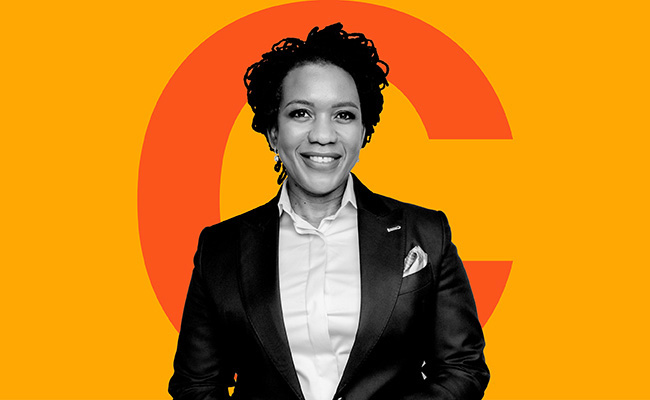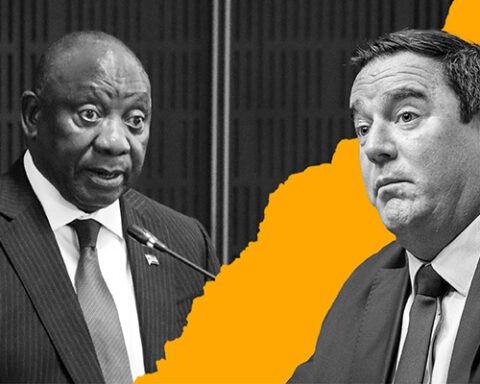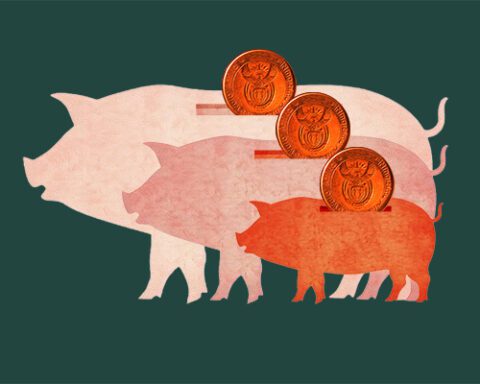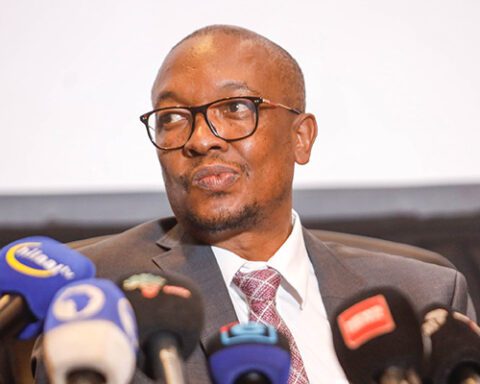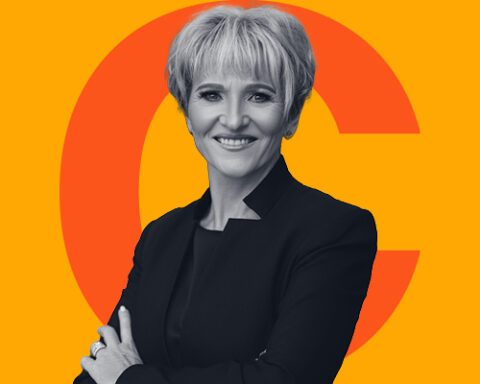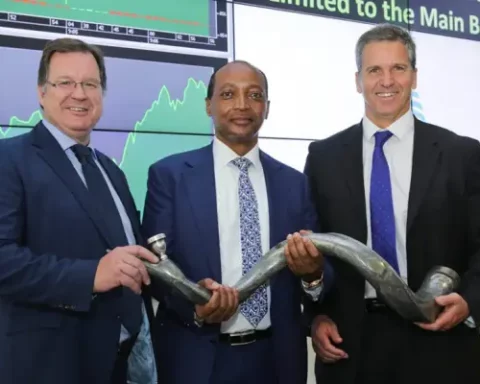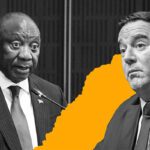A surprise improvement in customers’ credit standing helped FirstRand post a 10% rise in first-half headline earnings, to 374.4c a share, with a similar lift in the dividend to 219c a share. But, as CEO Mary Vilakazi made clear in the presentation, South Africa needs much higher growth rates for more exciting numbers. She spoke to Currency about the bank’s performance.
Were you quite downbeat in your estimates about bad debts, given that they were considerably better than expected?
At FNB impairments had gone up a lot between January and June 2024 because we were still lending when rates were high(er) – while some of our peers just pulled out of the market. But that always comes with new business strain.
The other thing was actual bad debts with customers experiencing strain, and we had an unusual inflow of customers going into debt review. Now we are seeing less inflows into bad debts and the numbers [of people] entering debt review have started to moderate and normalise.
When we gave our guidance at the end of the year, it was before the rate cut was announced, so we didn’t have visibility of what the Fed was going to do and what the South African Reserve Bank was going to do.
Advances for the half were only 4% higher at FNB Retail – is that because the creditworthiness still isn’t there, or because you’re just being super cautious?
I think if one just looks at advances growth, then it masks the activity that we’ve done. So origination at FNB and Wesbank is in excess of R200bn. But remember one of the things that you have when you write better risk and high-quality customers is that they pay you back quickly.
I’d say the opportunities were muted because of the high interest-rate environment and high inflation, but not on the back of us cutting. And pre-elections – we saw very little confidence and people buying homes etc. If you look at the prices of property in Gauteng, say, they’ve been depressed for a long time so even if the volumes are coming the prices are yet to [rally].
But we’re still concerned that the repo rate will only come down to 7% – that’s very high. That makes us quite cautious of how quickly we can go back to a cycle where retail credit extension improves. What is encouraging is that it’s improving for businesses, which is a better place for that to happen because it speaks about confidence and investing in infrastructure and opportunities that are opening up. So even if we don’t have retail [growth], we want to make sure we catch where the cycles are going to emerge.
If we had growth of 3%, say, what would that do for a bank like FirstRand?
It would have a meaningful impact on employment, and customer growth is reliant on having new customers participating in the economy. I think when you have 3% growth it would be because your infrastructure is working, you’ve got energy, transport logistics work, water, business confidence … All those activities are good for banks.
Also, one of the things that weighs heavily on our ability to lend is the cost of capital – and the sovereign rating plays a big role there because banks can’t be rated better than the sovereign. If you go back to when we were investment grade, that’s when our growth was around the 4% mark. We’re still a bit far from being back to investment grade, but we should start getting onto a trajectory of a ratings improvement. I can’t wait until we get GDP of 3% but I am encouraged about the reforms that are part of Operation Vulindlela and the partnership with business. It’s slow but it’s really still better than where we’ve come from.
Analysts were clearly worried that you’ll have to raise another provision (from an existing R3bn) against a possible review into past motor finance commission arrangements at your MotoNovo business in the UK. You couldn’t give a number, so is there any point in worrying about it?
We had a regulatory review which concerned itself with whether there was customer detriment because dealers could earn a commission based on the interest rates they provided [to customers buying cars]. You had to look at whether there was customer detriment.
Then the courts went further, [after] we’d set up provision for that. So they said, no, there wasn’t enough disclosure in these contracts and the clients didn’t know that the dealers were going to earn a commission. Okay, but I think most people who buy a car from a dealer know there’s a commission.
Then they went further to say that because the client didn’t know, it was a secret commission. So then they said: refund the clients the commission – but we said the client didn’t pay the commission [to us], they paid the commission to the dealer, so that requires clarity. And then for us if we have to pay the clients the commission paid to the dealer, then we have to get it back from the dealer.
So we’ve moved into a very different terrain, and I have to wait and hope that sanity will prevail. Whatever number I come up with will be incorrect, so I’d rather wait until [we know] where the court stands. But we’re not far from getting clarity.
This wins the jargon award of the day – but please explain it in English? ‘FirstRand’s approach to managing the endowment profile is designed to optimise through-the-cycle returns to shareholders and is a cornerstone of the group’s FRM process.’ Because it cost you R400m this half …
Okay what we do is: banks have an endowment that sits with us thanks to our deposits. Now, we can place it with the central bank and earn an overnight rate, which is the strategy of a lot of banks. But we said: some of our deposits are actually sticky – people won’t come back and draw down on them. We came up with a profile and said: this is how much on average these deposits are with us so we’re going to start investing some of them beyond just overnight rates.
But it’s very important that it’s driven by our deposit profile and we only do it for retail, by the way, and some commercial, because corporate clients can pull their money at any time.
We invested some in Treasury bills and in government bonds to extract an additional yield. So it played out when rates were very low during Covid times, we weren’t lending then but at least we had that upside, but now because some of that portfolio is invested in rates that are lower, that’s where you have an opportunity cost.
Sign up to Currency’s weekly newsletters to receive your own bulletin of weekday news and weekend treats. Register here.
